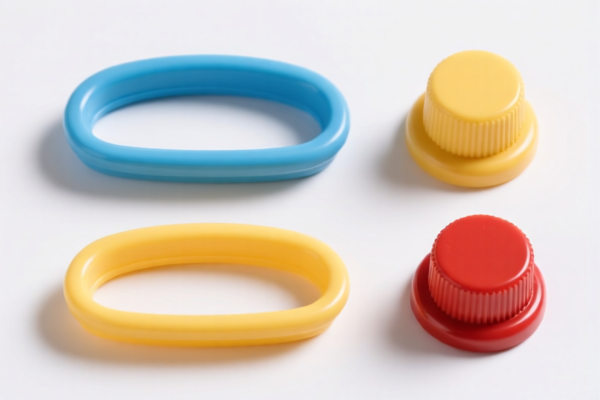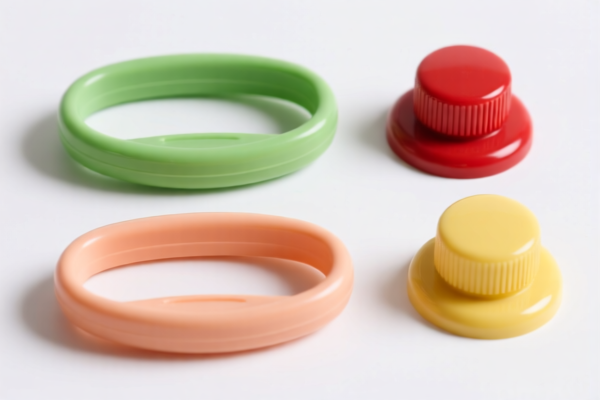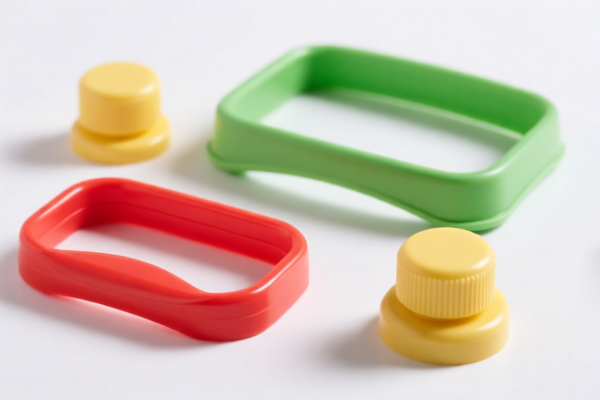| HS Code | Official Doc | Tariff Rate | Origin | Destination | Effective Date |
|---|---|---|---|---|---|
| 9208100000 | Doc | 33.2% | CN | US | 2025-05-12 |
| 9208900040 | Doc | 42.8% | CN | US | 2025-05-12 |
| 9209998000 | Doc | 42.8% | CN | US | 2025-05-12 |
| 9209991000 | Doc | 43.2% | CN | US | 2025-05-12 |
| 4823901000 | Doc | 55.0% | CN | US | 2025-05-12 |
| 4823902000 | Doc | 55.0% | CN | US | 2025-05-12 |




Musical Ornament
A musical ornament is an embellishment added to a melody to enhance its expressive effect. These additions are typically short melodic figures that modify the principal notes of a melody, providing decoration and nuance. They are not essential to the basic harmonic structure but contribute significantly to the musical character.
Purpose and Function
The primary functions of musical ornaments are:
- Expressiveness: Ornaments add emotional depth and character to a melody.
- Emphasis: They can highlight specific notes or phrases.
- Articulation: Ornaments can alter the way notes are attacked and released.
- Historical Style: The use of specific ornaments is often characteristic of particular musical periods and styles.
- Virtuosity: Some ornaments demonstrate a performer's technical skill.
Common Types
Numerous types of ornaments exist, varying across musical periods and traditions. Some of the most common include:
- Trill: A rapid alternation between a principal note and the note above it. Historically, the speed and length of a trill varied considerably.
- Mordent: A rapid alternation between a principal note, the note above it, and the principal note again. (Often indicated by a symbol resembling a small, quick wave). There are upper and lower mordents.
- Turn: A sequence of two or more notes around a central note, often involving the note above, the central note, the note below, and back to the central note.
- Appoggiatura: A melodic embellishment that creates a dissonance against the harmony before resolving to a consonant note. Often notated as a note with a slashed line through it.
- Acciaccatura: A very short, crushed note played before the principal note. Often notated as a small note with a slashed line.
- Glissando: A slide between two notes.
- Gruppetto: A short, rapid group of notes, typically around a central note.
- Cadenza: An often elaborate solo passage, typically near the end of a movement, allowing the performer to showcase their skill. While sometimes improvised, cadenzas are often written out.
- Chant: A rapid series of notes, often used in Baroque music.
Usage Scenarios
Ornaments are used across a wide range of musical genres and periods:
- Baroque Music: Ornaments were extensively used, often with specific rules for their execution. They were often implied even if not explicitly written.
- Classical Music: Ornaments were used more sparingly than in the Baroque period, but still played a significant role in expressive performance.
- Romantic Music: Ornaments were used to enhance emotional expression and virtuosity.
- Opera & Vocal Music: Ornaments are frequently used to embellish vocal lines and demonstrate a singer’s skill.
- Instrumental Music: All instruments can utilize ornaments, though the specific techniques and styles vary.
- Folk Music: Many folk traditions utilize ornaments as a natural part of melodic expression.
Notation
Ornaments are typically indicated using specific symbols above or below the staff in musical notation. The interpretation of these symbols can vary depending on the historical period and the composer’s instructions. Modern editions often provide specific guidance on how to execute ornaments.
Musical ornaments are not explicitly detailed as a specific commodity within the provided reference material. However, based on the descriptions available, several HS codes may be relevant depending on the specific composition and function of the “musical ornament”.
Here are the potentially applicable HS codes:
- 9208100000: This code covers music boxes, fairground organs, mechanical street organs, mechanical singing birds, musical saws and other musical instruments not falling within any other heading of this chapter. If the “musical ornament” functions as a self-contained musical instrument, this HS code may be applicable. The total tax rate is 33.2% (Base tariff: 3.2%, Additional tariff: 0.0%, Additional tariff after 2025.4.2: 30%).
- 9208900040: This code covers other musical instruments not specifically mentioned in 9208100000. If the “musical ornament” is a musical instrument but doesn’t fall into the categories listed in 9208100000, this code may be suitable. The total tax rate is 42.8% (Base tariff: 5.3%, Additional tariff: 7.5%, Additional tariff after 2025.4.2: 30%).
- 9209998000: This code covers parts (for example, mechanisms for music boxes) and accessories (for example, cards, discs and rolls for mechanical instruments) of musical instruments. If the “musical ornament” is a component or accessory for a musical instrument, this code may be applicable. The total tax rate is 42.8% (Base tariff: 5.3%, Additional tariff: 7.5%, Additional tariff after 2025.4.2: 30%).
It is important to note that the classification of “musical ornament” will depend on its specific characteristics and function. If the ornament is primarily decorative and has limited musical functionality, it may fall under a different HS code not listed here.
According to the provided reference material, the HS code options related to 'musical ornament' are limited, with only the following 3 found.
Customer Reviews
No reviews yet.